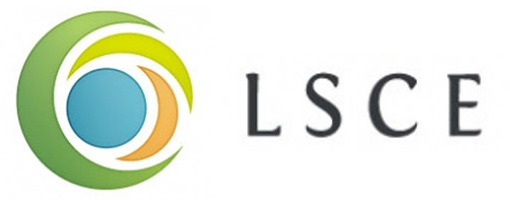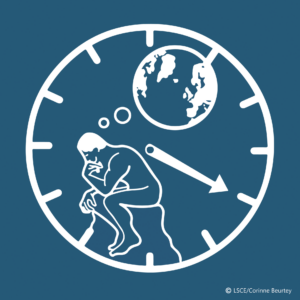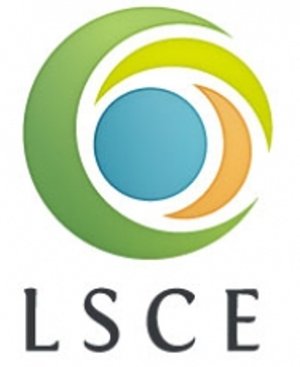Les sols sont la principale composante de l’écosystème terrestre et le plus grand réservoir de carbone organique sur Terre. Cependant, ils constituent une ressource naturelle non renouvelable et sont particulièrement réactifs aux perturbations humaines et au changement climatique. Malgré son importance, la dynamique du carbone du sol est une source importante d’incertitude pour les prévisions climatiques futures et il y a un besoin croissant d’informations plus précises pour mieux comprendre les mécanismes qui contrôlent la dynamique du carbone du sol et mieux contraindre les modèles du système terrestre. L’objectif de notre travail est de comparer les stocks de carbone organique du sol fournis par différentes bases de données mondiales et régionales existantes. Nous avons calculé les stocks mondiaux et régionaux de carbone du sol à 1 m de profondeur donnés par trois bases de données existantes (SoilGrids, Harmonized World Soil Database, et Northern Circumpolar Soil Carbon Database). Nous avons observé que les stocks totaux prédits par chaque produit diffèrent considérablement : ils sont estimés à environ 3 400 Pg par SoilGrids et à environ 2 500 Pg selon la base de données mondiale harmonisée des sols. Cette différence est particulièrement marquée pour les régions boréales où les différences peuvent être liées à de fortes disparités dans la concentration de carbone organique du sol. Les différences dans les autres régions sont plus limitées et peuvent être liées à des différences dans les estimations de la densité apparente. Enfin, l’évaluation des trois ensembles de données par rapport aux données de référence montre (i) qu’il existe une différence significative dans les schémas spatiaux entre les données de référence et les ensembles de données comparés et (ii) que les ensembles de données sous-estiment de plus de 40 % le stock de carbone organique du sol par rapport aux données de terrain.
Référence : Tifafi M., Guenet B., Hatté C., 2018. Large difference in global and regional total soil carbon stock estimates on SoilGrids, HWSD, and NCSCD: Intercomparison and evaluation based on field data from USA, England, Wales and FranceGlobal Biogeochemical Cycles 32, 42-56. Doi : 10.1002/2017GB005678
Thèse UVSQ ED129 et projet ANR DedyCAS


